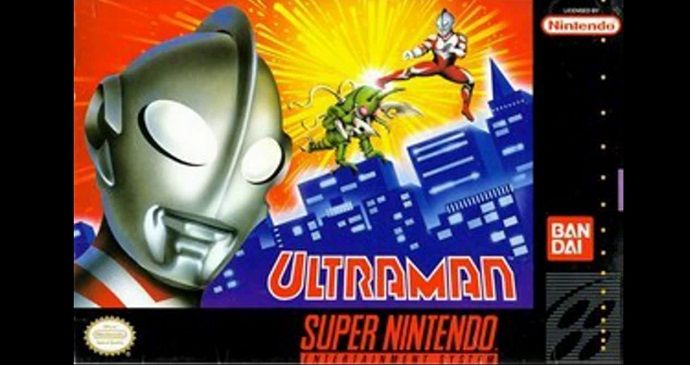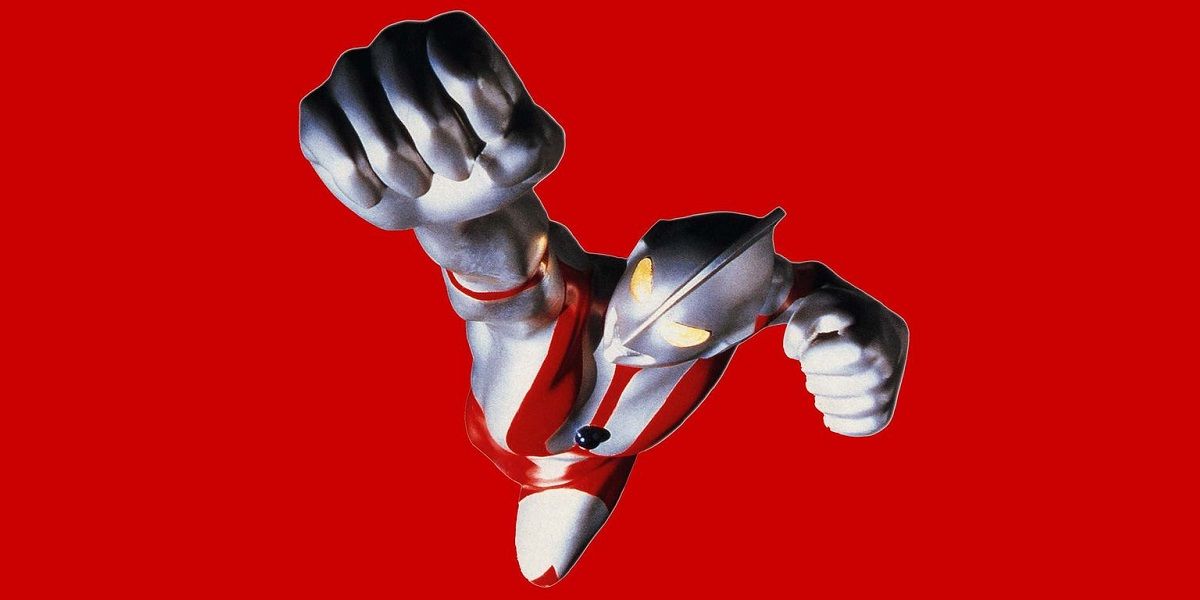The Hollywood Reporter broke the news that Tsuburaya Productions has made a deal with Starlight Runner Entertainment to bring their long-running Ultraman franchise to overseas markets.

Ultramansplaining
Ultraman debuted in Japan on July 17, 1966, a follow-up to the proto-X Files series, Ultra Q.
The show would define a genre of special effects TV shows featuring giant heroes fighting monsters. The show was dubbed into English and ran in syndication in the US until the mid-80s.
TBS also aired the sequel series, Ultraseven and it gave the US another chance to sample the franchise (and also see an episode that was banned in Japan).
Subsequent shows would stay mostly in Japan, with some exposure in Asia. This has largely remained the case to today, although some home media releases and streaming options have made the series more available.
This deal aims to change this and create more worldwide recognition of the Japanese icon.
Ultraman Of The World
The word “reboot” is thrown around quite a bit. It appears that many evergreen IPs get rebooted every five years or so.
In Japan, Ultraman has had several “renewals” as well. Although the series has established a multiverse, so the various Ultramen can crossover without having to think too hard about continuity.
As Tsuburaya looks to restore Ultraman’s profile outside Japan, Starlight Runner will team with The Licensing Group to reboot the superhero property across multiple platforms, with story-driven licensing and merchandising programs for the U.S. and international markets.
This new iteration could still use the long history of characters and lore from the Ultra Series or it could firmly start something new. Back in 2016, Tsuburaya teased a CG Ultraman project, but after they released a trailer nothing ever came of it.
Odd Ultraman Out

This won’t be the first time Tsuburaya has tried to expand the Ultraman brand. In the 90s two foreign shows were produced.
The first, Ultraman Towards the Future was an Australian production and got a home release in its native country, but actually aired on TV in the US.
A toy line and Super Nintendo game also released at the time, but the syndicated show never took off.

The second foreign-based show, Ultraman: The Ultimate Hero fared far worse. It was made in the US in 1993, but it never got a domestic TV or home video release.
The show had some nice monster suit designs and even a fun guest star appearance by Jeffery Combs of Re-Animator fame. After the show’s failure, Tsuburaya would retreat back to domestic productions.
A dubbed edit of Ultraman Tiga was the last Ultraman show on US television. It aired Saturday mornings on Fox in 2002 but was canceled only after 25 of the 52 episodes were shown.
The Ultraman Of Tomorrow
An animated Ultraman project, based on the comic by Eiichi Shimizu and Tomohiro Shimoguchi, will be coming to Netflix from April 1, 2019.
It serves as a direct sequel to the 1966 TV shows and ignores everything else.
The move to comics and animation is much like Toho’s animated Godzilla trilogy, an attempt broaden the brand and reach a new audience.
Hopefully, this new partnership will end up with better results than previous attempts at getting Ultraman back in eyes of the world. Aside from Power Rangers, there really hasn’t been a Japanese special effects TV show that has been able to endure outside of Asia.
The Ultraman brand has a long history and great characters and monsters. It may be the Warrior of Light’s time to shine.












